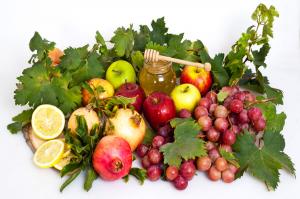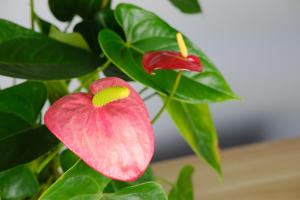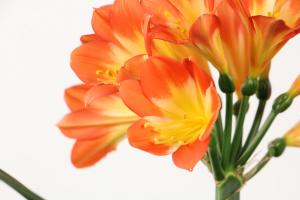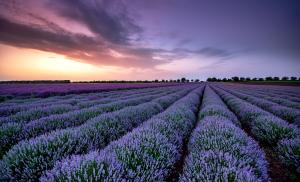Introduction
Tree kangaroos are unique animals that belong to the marsupial family. Unlike their ground-dwelling relatives, tree kangaroos have adapted to life in the trees of tropical rainforests. These creatures are found in the forests of Papua New Guinea, Indonesia, and Australia. Apart from their unique adaptation to tree life, tree kangaroos are also fascinating animals when it comes to their dietary habits. This article explores what kind of plants tree kangaroos eat.
General food habits
Tree kangaroos are herbivores, which means that they only eat plants. In the wild, their diet mainly consists of leaves, stems, flowers, and fruits. These plants grow on the trees in their canopy habitat. Tree kangaroos have a special digestive system that enables them to survive on a low-energy diet. This means they can spend most of their time resting and sleeping in tree branches.
Leaves and stems
The majority of a tree kangaroo's diet consists of leaves and stems. These plant parts provide the necessary nutrients needed for energy and growth. Tree kangaroos feed on a variety of leaves and stems, depending on the availability in the forest. Some of their preferred plants include fig trees, casuarina, and eucalyptus trees. The leaves and stems that tree kangaroos eat are usually tough and fibrous, which requires a specialized digestive system to break down and extract the nutrients.
Flowers and fruits
Tree kangaroos also eat flowers and fruits found in their canopy habitat. These plant parts are an important source of vitamins and minerals that are essential for their growth and survival. Tree kangaroos are known to feed on a variety of flowers and fruits including passionfruit, bananas, and pandanus. The bright colors of flowers and fruits help tree kangaroos locate them easily in the dense rainforest canopy.
Bark and moss
Although not as common as other food sources, tree kangaroos also eat bark and moss. Bark contains tannins, which are known to have antimicrobial and anti-inflammatory properties that can help fight infections. Moss, on the other hand, provides a valuable source of water in areas where it is scarce. Tree kangaroos are known to eat the bark of eucalyptus trees and the moss found on branches and trunks of trees.
Conclusion
Tree kangaroos have a diverse diet that mainly consists of leaves, stems, fruits, and flowers found in the canopy of tropical rainforests. The food sources available to them vary depending on the location they live in. Despite their unique dietary habits, tree kangaroos are facing a decline in their population due to habitat loss caused by deforestation. It is important to conserve their habitat to ensure the survival of these amazing animals.

 how many times do yo...
how many times do yo... how many planted tre...
how many planted tre... how many pine trees ...
how many pine trees ... how many pecan trees...
how many pecan trees... how many plants comp...
how many plants comp... how many plants can ...
how many plants can ... how many plants and ...
how many plants and ... how many pepper plan...
how many pepper plan...
































